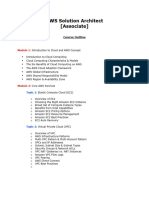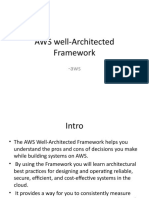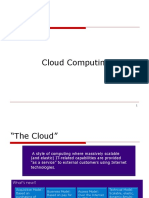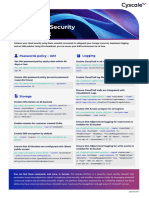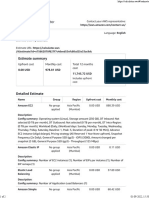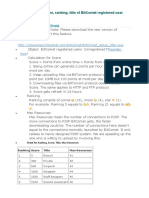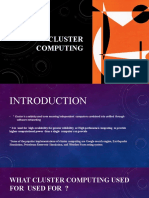0% found this document useful (0 votes)
84 views6 pagesAWS Interview Preparation Guide
The AWS Interview Preparation Guide outlines essential AWS services and concepts, including EC2, S3, RDS, and IAM, along with practical knowledge on VPC, Lambda, and CloudFormation. It also provides common interview questions and scenarios related to AWS, focusing on application security, scaling, and migration strategies. The guide emphasizes hands-on practice and understanding of AWS tools and best practices for effective preparation.
Uploaded by
DivyanshuSinghCopyright
© © All Rights Reserved
We take content rights seriously. If you suspect this is your content, claim it here.
Available Formats
Download as PDF, TXT or read online on Scribd
0% found this document useful (0 votes)
84 views6 pagesAWS Interview Preparation Guide
The AWS Interview Preparation Guide outlines essential AWS services and concepts, including EC2, S3, RDS, and IAM, along with practical knowledge on VPC, Lambda, and CloudFormation. It also provides common interview questions and scenarios related to AWS, focusing on application security, scaling, and migration strategies. The guide emphasizes hands-on practice and understanding of AWS tools and best practices for effective preparation.
Uploaded by
DivyanshuSinghCopyright
© © All Rights Reserved
We take content rights seriously. If you suspect this is your content, claim it here.
Available Formats
Download as PDF, TXT or read online on Scribd
/ 6









